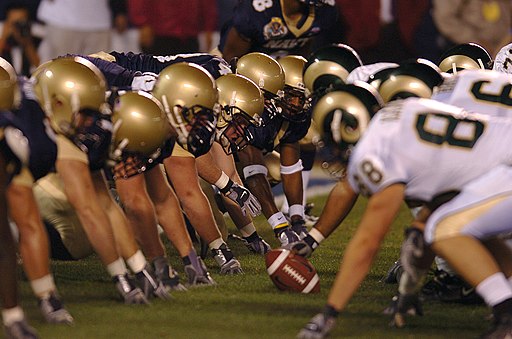A report Monday in the journal Pediatrics says kids who suffer concussions should lay off reading, homework and video games. By giving their brains a rest, most can recover in 20 to 50 days, about twice as fast as those who keep doing those activities.
We also have news regarding how concussions are diagnosed. Researchers are developing a test that could be a game changer.
Quarterback Taylor Kelly of the Arizona State Sun Devils understands the mindset of college football players when it comes to injuries: They are going to want to keep playing.
"Guys just want to go out and play it, you know? They don't care if their heads are a little banged up," Kelly said.
Neurologist Dr. Javier Cardenas specializes in brain injury. He says overcoming the reluctance of athletes to admit symptoms is only one of the problems in diagnosing concussions.
"Right now when we identify a concussion it is purely subjective. We look at symptoms. Do they have headaches? Do they have dizziness? There is no objective information. Having something objective is the holy grail of concussion," said Cardenas.
This season, Kelly and his teammates took part in a study trying to find a better way to detect concussion. Riddell, the athletic equipment company, supplied the team with helmets that measure all head impacts during practices and games. Then, after every game, the players gave samples of their blood, saliva and urine.
These are now being analyzed at the Translational Genomics Research Institute in Phoenix to see whether evidence of head trauma shows up in body fluids as a so-called biomarker.
Brain cells contain generic material call microRNA. Normally, tiny spheres containing that material break off and make their way into the spinal fluid, then the bloodstream. During a concussion, the bran actually bounces against the skull, and researchers believe the impact can cause changes in the microRNA, changes they hope can be detected in blood tests.
TGen scientists are comparing the RNA in each player's body fluids with the impact data from his helmet to see if they match up.
"It might be that we can actually protect players. So identify players who are at risk but have them take it easy, sit out more, based how their biomarkers are rising over time," said Kendall Van Keuren-Jenses, a member of the research team.
The scientists have data illustrating how the technology might have helped one of the players in the study.
The graphic shows the head impacts recorded in his helmet over several weeks. One hit was the equivalent of four times the punch b a heavyweight boxer – the hardest impact received by any player in the study. He continued to play, and was diagnosed with a concussion 10 days later.
Read more here

No comments:
Post a Comment